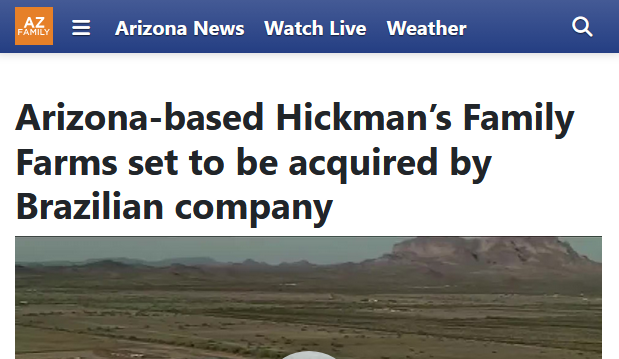Email today to buy or store your DASEIN System 6 can carton today.
[email protected]
BUSINESS CULTURE FOOD SUPERMARKET FOOD PRICES INFLATION »
TUESDAY, 1 NOVEMBER 2022 - 09:01
Supermarkets could hike prices even further
Consumers can expect more price hikes for their groceries in the near future. Producers regularly want to increase their prices by 10 percent or more, and supermarkets have little choice but to pass that on to consumers, supermarket directors told Het Financieele Dagblad.
“In many product categories, we are getting proposals for double-digit price increases,” Vomar director Aart van Haren told the newspaper, and other supermarket directors confirmed it.
Negotiations between supermarkets and producers are already difficult, and becoming more so with proposed price increases of 10 to 20 percent, Sebastiaan Schreijen, a retail economist at Rabobank, said to FD. Early this year, tense negotiations already resulted in empty supermarket shelves - Albert Heijn temporarily had no Nestle products, for example - and those price increases were much lower than now.
“Supermarkets have tried to mitigate the price increases for their customers, partly at the expense of their own margin,” Schreijen said. But they can’t keep that up. “So if the suppliers have their way, supermarkets must pass on a large part to the consumer.” That risks consumers cutting back on their groceries. But supermarkets also can’t push too hard because producers can withdraw, and then they end up with empty shelves.
Food producers say they need to raise their prices because their costs have skyrocketed in recent months. Energy prices are much higher, and transport is also more expensive due to the high diesel price. Food prices have already increased significantly this year. According to Statistics Netherlands, they were 21.7 percent higher in September than a year earlier. And more hikes are coming. Heineken and Unilever already announced new price increases last week.
Picnic director Joris Beckers told FD that he understands price increases due to higher energy and raw materials costs. But he thinks food producers are lining their wallets as well. “They proudly stated in their quarterly figures that they were able to increase their prices by about 10 percent. We suspect that, thanks to their market power, they do more than only pass on the costs. How socially responsible is that?”
The Vomar director has similar suspicions, telling FD that name-brand producers are using the negotiations to increase their profit margins. “They are much less willing than house brand labels and fresh product producers to explain what they base their price increases on,” Van Haren said.
FNLI, the umbrella association for the Dutch food sector, told FD that it couldn't comment on price increase negotiations because its members aren't allowed to discuss it with each other for competition purposes. "Negotiations are a matter between the supermarkets and the suppliers themselves."
🧑🌾Arizona-based Hickman’s Family Farms set to be acquired by Brazilian company Mantiqueira USA
Hickman’s has over five locations across Arizona. The company also has locations in California, Colorado, and Nevada
https://x.com/dailyjobcuts/status/1990607691572457641?t=_-zRREhFA4AVzmZuTgTVOg&s=19
The 28th FHC Shanghai Global Food Trade Show is held at Shanghai New International Expo Centre Nov 12-14. Covering an exhibition area of 200,000 sqm, this year’s exhibition attracted over 3,000 exhibitors, and among these, international exhibitors account for more than 30%. globaltimes.cn/galleries/5999…
https://www.globaltimes.cn/galleries/5999.html













